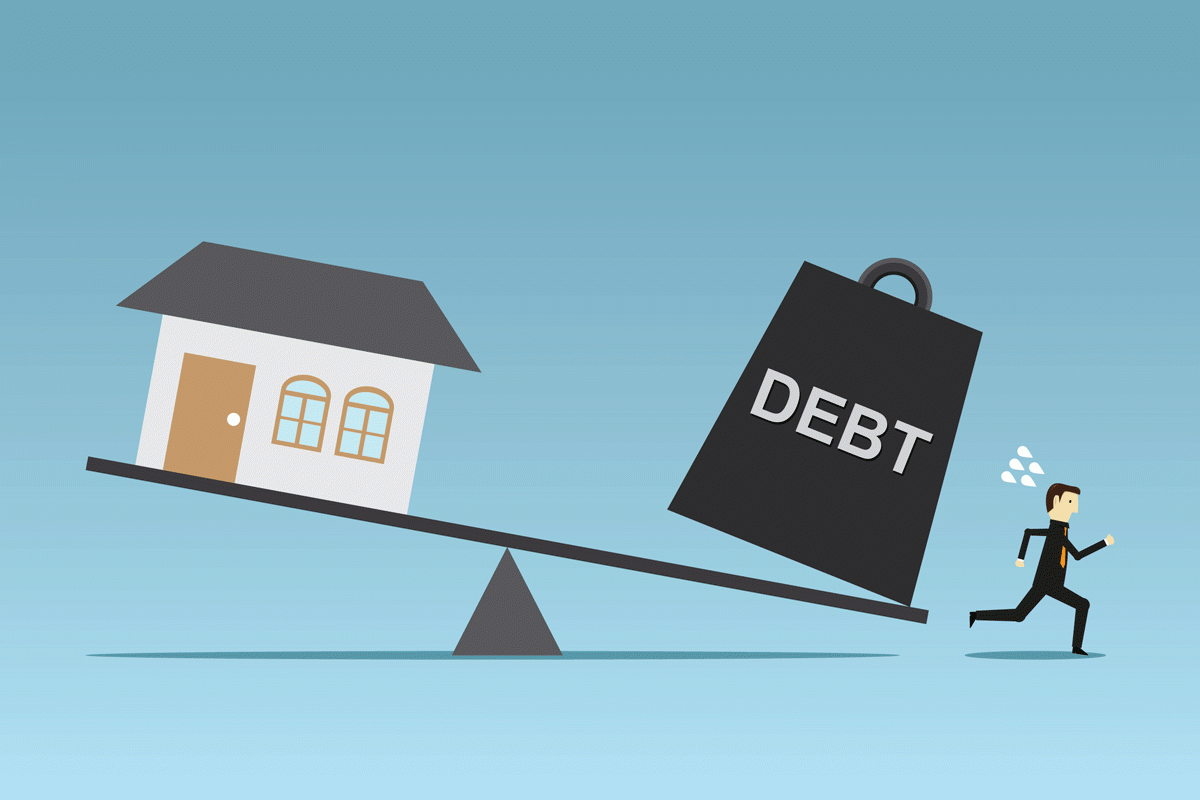Housing market’s ‘soft landing’ tipped to continue, but high household debt the real worry


"Headwinds are rising, especially to households," a new report by Moody's Analytics has warned. Photo: Getty
The housing market’s ‘soft landing’ is tipped to continue in 2019, but high home prices have helped drive household debt to worrying levels, economists believe.
Australia’s economy is currently “cruising around its potential” but “headwinds are rising, especially to households, as fading wealth effects from the entrenched cooling of the housing market become a greater drag”, a report by financial services firm Moody’s Analytics stated.
While Australia has enjoyed 27 years without a recession, our ratio of household debt to disposable income has been on an upward trend for 30 years and is now among the highest in the world, running close to 200 per cent of GDP, the report said.
Australia’s household savings to disposable income ratio has also dropped to 2.6 per cent – its lowest level since 2007.
With national home prices falling and wages rising at a “glacial” pace, households may be forced to dip into savings or take on more debt, according to Moody’s Analytics economist Katrina Ell.
“Ongoing weakness may begin to hurt consumer spending as households, especially those that have purchased property recently in Sydney and Melbourne, become increasingly risk-averse,” Ms Ell said.
“Absent a more significant rise in incomes, consumers might need to rely on more debt to sustain their spending, adding to an already elevated level of household debt.”
Sustained periods of rising property prices have led some home owners to become “much more confident of the wealth they’re sitting on”, and take out more debt, according to Curtin University professor of economics Rachel Ong.
“The problem, of course, is once you’ve taken out that debt you’ve got to service that debt even if asset values fall,” she said.
“Australians have this notion that house prices will continue to go up, and that’s just not true.”
The high cost of gaining, and maintaining, a foothold on the housing ladder has also created a “crisis for certain household types”, including young families and older retirees, Professor Ong said.
Research shows that home ownership is increasingly out of reach to younger, lower-income Australians, while rates of home ownership have fallen among every age group except for over 65s.
Moody’s Analytics housing market forecasts
Melbourne
The housing market weakness is “most acute” in Sydney and Melbourne – the two cities that experienced the largest run-up in values – Moody’s Analytics said.
Melbourne will see “steeper” declines in house values than Sydney in 2019, the report said, forecasting a 6 per cent fall in house prices “on the back of declines in inner Melbourne areas”, and a “sharper slowdown” for the apartment market.
Sydney
Sydney will drop a further 3.3 per cent in 2019, according to Moody’s Analytics, while apartment values are tipped to “recover modestly”.
Brisbane
“The worst is likely over for Brisbane’s apartment market,” Moody’s Analytics said.
Apartment values are forecast to rise by 2.8 per cent in 2019. House values are forecast to rise 1.2 per cent in 2019, with strength in west Brisbane and inner Brisbane offsetting declines in south Brisbane.
Perth
House values in Perth are tipped to decline by 2.8 per cent in 2019, followed by a long-awaited recovery in 2020 driven by population growth.
Adelaide
House values in Adelaide are forecast to rise 2.6 per cent in 2019, with apartment values likely to “disappoint further off the back of a slow 2018”, Moody’s Analytics said.
Hobart
Hobart’s housing market is “likely at the end of its bull run”.
House values are forecast to decelerate by 2.7 per cent in 2019, followed by a 2 per cent fall in 2020. The apartment market is also tipped to decelerate, from an 11.7 per cent rise in 2018 to 1.9 per cent in 2019.
ACT
ACT house values are forecast to rise 6.1 per cent in 2019, while unit values are expected to rise 3.3 per cent.
Northern Territory
Home values in Darwin have been falling since 2014-2015 and are now 23 per cent below their peak. Moody’s Analytics forecast a “mild recovery” in 2019, with house prices tipped to rise by 3.7 per cent and unit prices by 1.2 per cent.











